The succession of the current generation BMW 1 Series F20/F21, according to the latest rumors, will take place in 2019. From what we already know, the only certainty we have about the successor to the 1 Series is that it will say goodbye to rear-wheel drive. Goodbye longitudinal engine and rear-wheel drive, hello transverse engine and front-wheel drive — courtesy of the UKL2 platform, the same base that powers the Series 2 Active Tourer, the X1 and even the Mini Clubman and Countryman.
The Series 1 will thus lose its USP (Unique Selling Point). In other words, it will lose the characteristic that set it apart from other rivals — a characteristic that has been maintained since the first BMW in this segment, the 3 Series Compact, launched in 1993.
Another victim, with this architectural change, will be the inline six-cylinder engines — also say goodbye to the M140i, the only hot hatch on the market that combines rear-wheel drive with an engine with so many cubic centimeters and cylinders.
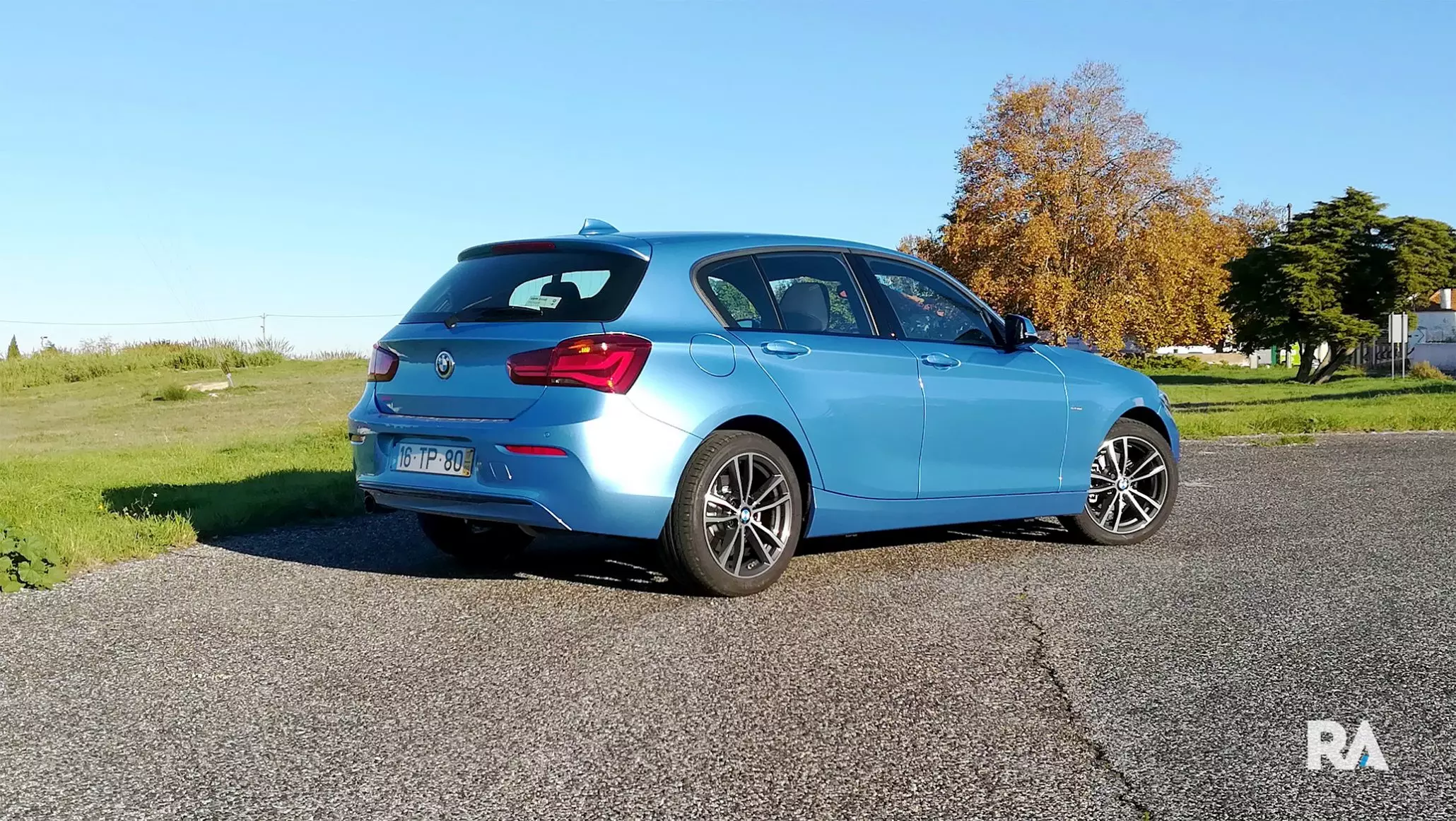
the last of its kind
The F20/F21 thus becomes the last of its kind. Unique in many ways. And there's nothing better than celebrating its existence with a glorious and epic tailgate.
Looking at the look of the unit that accompanies the images, the thing promised — the eye-catching Blue Seaside bodywork, combined with the Line Sport Shadow Edition and the 17″ wheels, give it a much more appealing look and fit for the purposes of a more committed drive. , which a BMW rear-wheel drive invites.
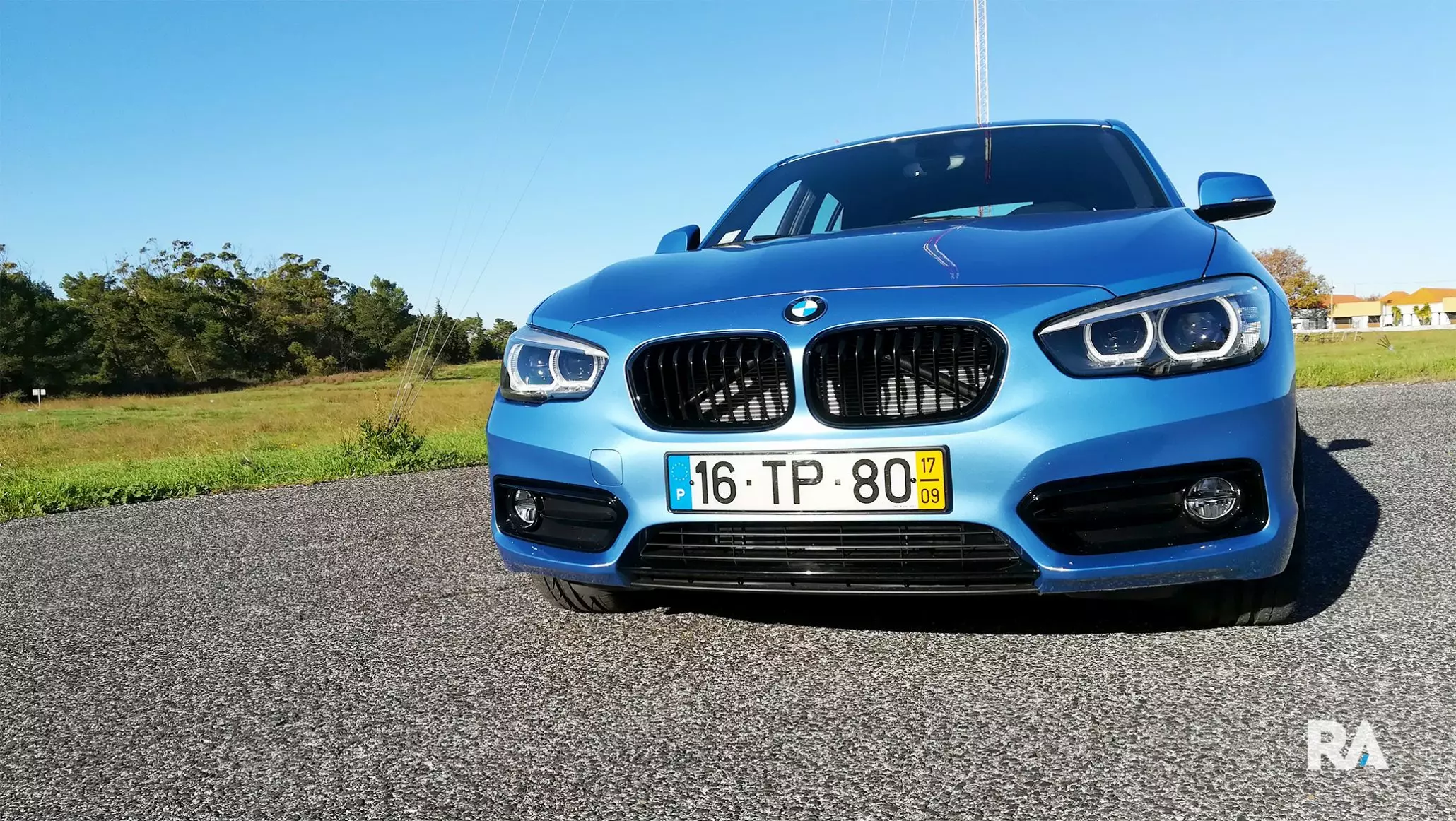
But the car I'm driving is not an M140i, not even a 125d, but a much more modest 116d — yes, the favorite on the sales charts, with 116 “brave” horses and too much free space under the long bonnet, as three cylinders is enough to move this 1 Series.
As much as we appreciate the idea of owning a rear-wheel-drive hot hatch and 340 hp, whatever the reasons, it's the more affordable versions, like this BMW 116d, that end up in our garages. I understand why and so do you…
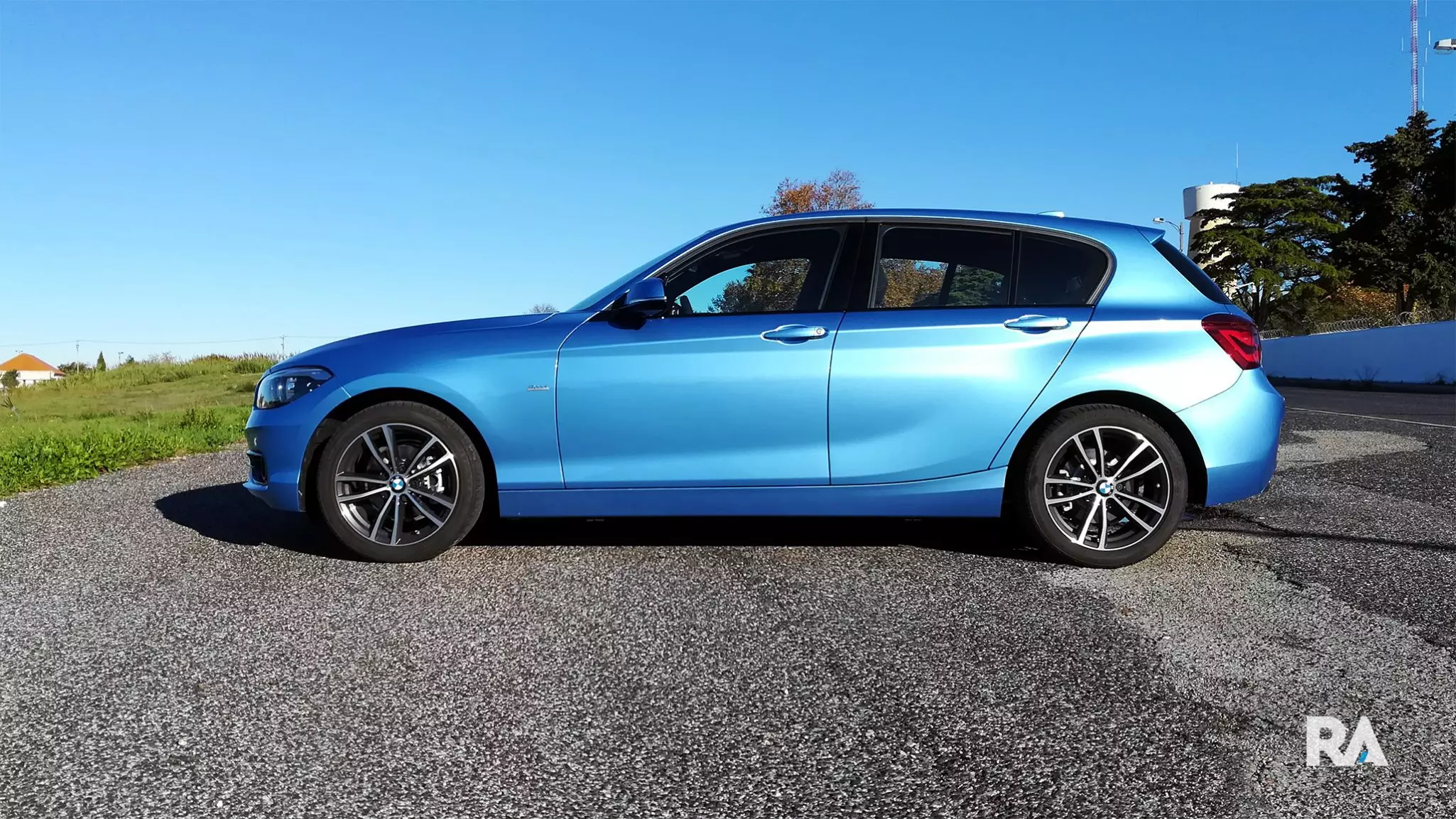
Rear wheel drive. It is worth it?
From a dynamic point of view, rear-wheel drive has many advantages — separating the steering and two-axle drive functions makes a lot of sense and we've already explained why here. The steering is no longer corrupted by the driving axle and, as a rule, greater linearity, progressiveness and balance is palpable compared to a corresponding front-wheel drive. Simply, everything flows, but, as with everything, it's a matter of execution.The ingredients are all there. The driving position, which is very good, is lower than the norm (although the manual adjustment of the seat is not the simplest); the steering wheel has an excellent grip and the controls are precise and heavy, sometimes too heavy — yes, clutch and reverse gear, I'm looking at you —; and even in this modest 116d version the weight distribution over the axles is close to ideal.
But, sorry to say, the enrichment of the driving experience that rear-wheel drive could bring doesn't seem to be there. Yes, clean steering and balance are there, as is fluidity, but BMW seems to have played it safe. I've driven small and oversized crossovers capable of more captivating behind the wheel than this Series 1. Heresy? Perhaps. But that may be precisely what BMW 116d customers are looking for: predictability and few chassis reactions.
about the engine
Maybe it's not the chassis, but the combination of this chassis and this particular engine. Nothing wrong with the engine itself, a Tri-cylinder 1.5 liter capacity with 116 hp and generous 270 Nm.
You truly wake up after 1500 rpm, speed up without hesitation and the medium speeds allow you to perform more than capable of everyday life. But given the fluidity and progressiveness of the driving, the engine looks almost like a casting error, failing in the refinement offered.
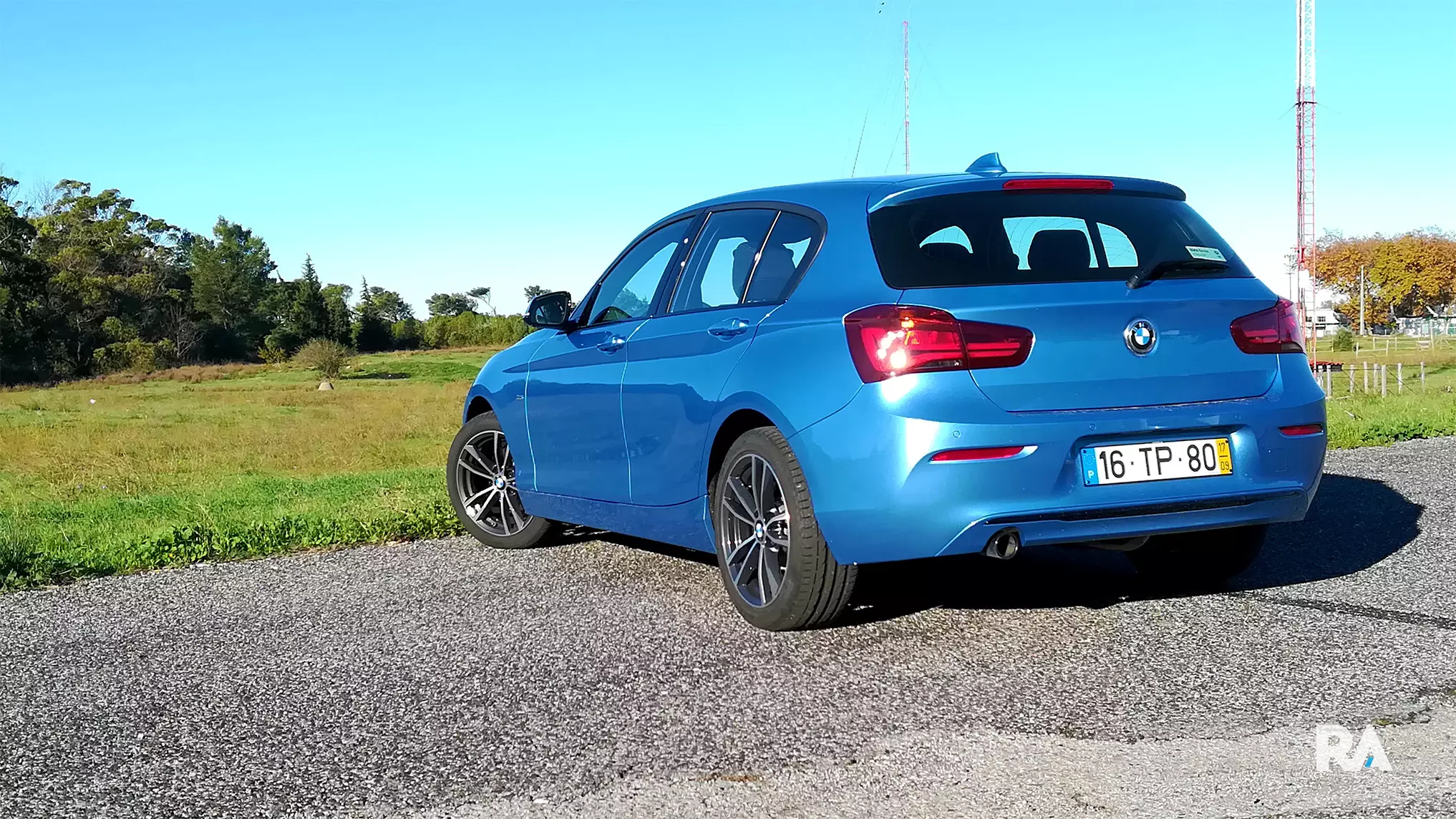
Its tricylindrical architecture, by nature unbalanced, reveals itself not only in the uninspiring sound it produces, despite the good soundproofing, but also in the vibrations, especially in the gearbox knob - a gear that requires more effort or determination than the usual to engage them.
Another less positive note to the not-so-smooth start-stop system — it seems to be more of a gentle bump. After all these years, BMW still hasn't got it right with this system. Otherwise, it's a good engine, I ask given the pretensions of this version and moderate appetite.
Rear wheel not family friendly
If rear-wheel drive is what makes the 1 Series unique in its segment, it's that same distinction that gets in the way as a family car. The longitudinal positioning of the engine, as well as the transmission axle, end up robbing the cabin a lot of space, as well as posing additional difficulties in accessing the rear seats (small doors). The boot, on the other hand, is largely convincing — segment-average capacity with good depth.
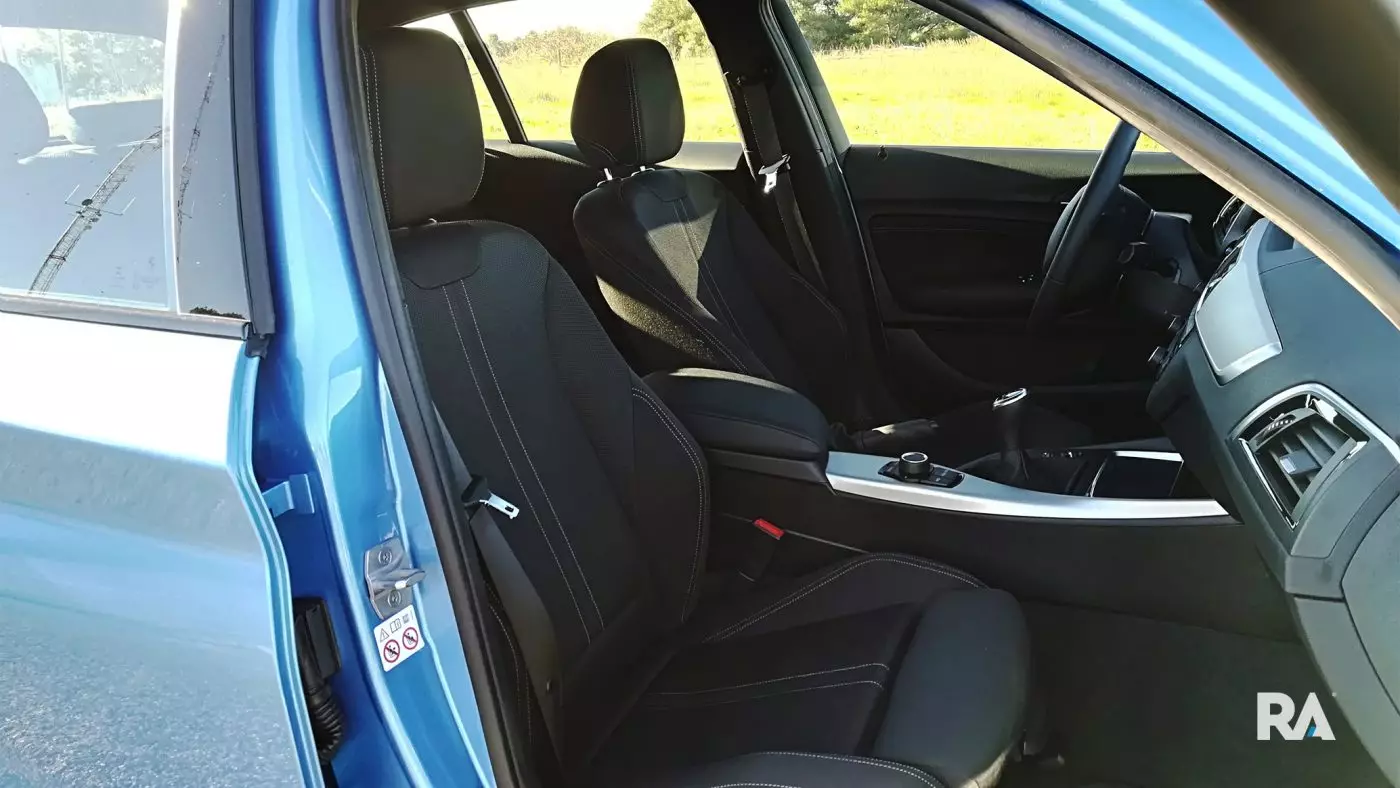
Otherwise typical BMW interior — good materials and robust fit. iDrive remains the best way to interact with the infotainment system — far better than any touchscreen — and the interface itself is fast, attractive, and reasonably intuitive to use.
As already mentioned, our unit brought the Line Sport Shadow Edition package — an option for 3980 euros — and in addition to an exterior aesthetic package (there is no longer any chrome, for example), the interior is graced with seats and steering wheel in a sporty design , with the latter being in leather, which always help to elevate the look of the interior.
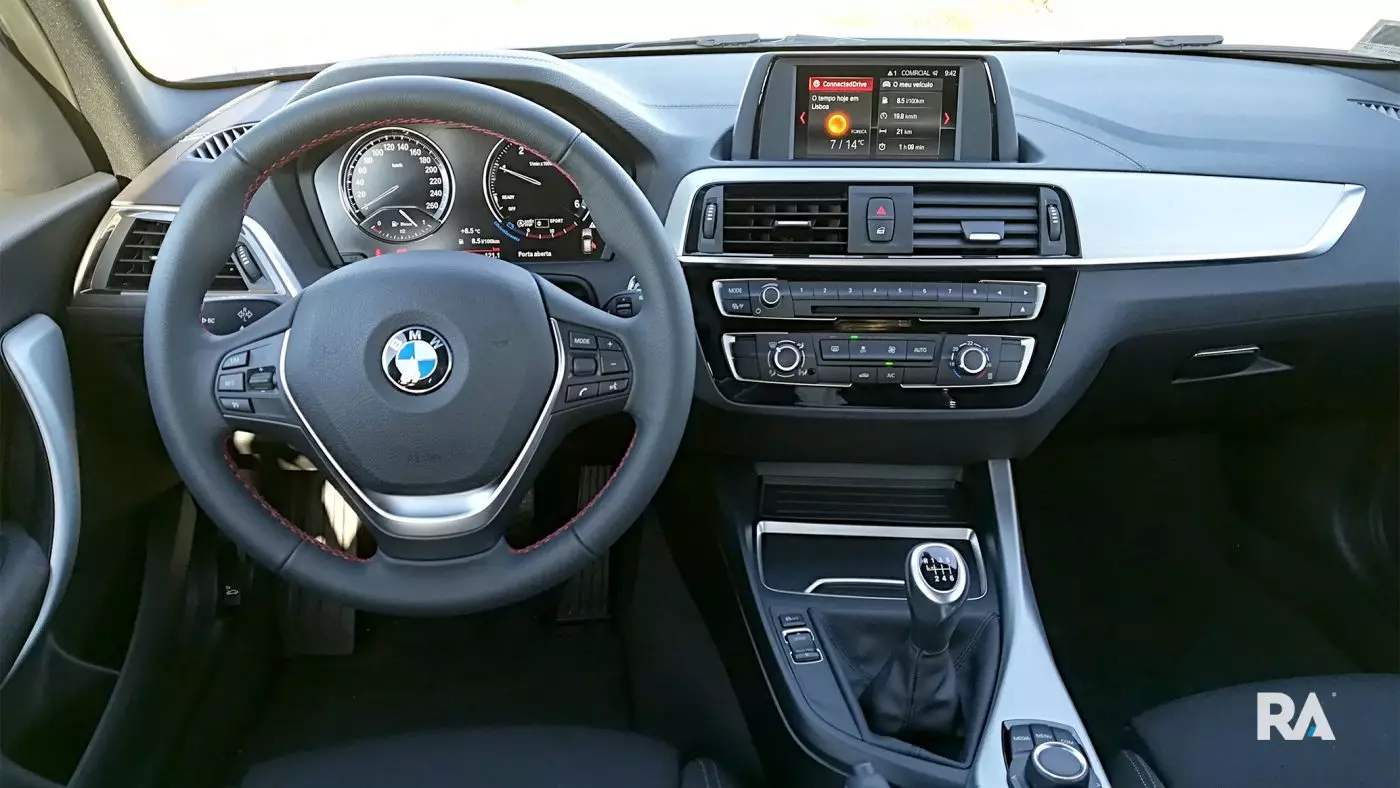
Very tidy interior.
Who is the BMW 116d for?
It was perhaps the question that remained the most during my time with the BMW 116d. We know that the car has a base with enormous potential, but it seems, at times, “ashamed” to have it. Anyone who was waiting for a compact, more agile, captivating and even fun 3 Series will be disappointed. The engine, despite being good in isolation, ends up justifying its existence only by consumption and final price. Its architecture makes living with this engine less easy than with other competing proposals. The BMW 116d is like that, in a kind of limbo. It has rear wheel drive but we can't even take advantage of it.
Come from there the M140i, or another 1 Series with more nerve, which will much better defend the cause of small rear-wheel-drive relatives. The announced end of rear-wheel drive in this segment is regretted, but the question remains: is this architecture the most suitable for the segment in question, given the commitments it requires?
The answer will depend on what each one values. But in the case of BMW, the answer comes as early as 2019.
